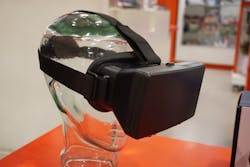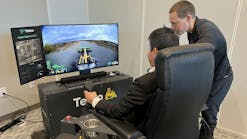Wearable technology, virtual reality, and augmented reality will likely change workplace risk management, according to an article in Risk and Insurance. These technologies will soon allow employers to use VR, for example, to review the physiological limits of a task before sending a live human to do it.
A tech firm called Altumai has developed a “connected worker platform” that aggregates data from various wearable sensors and other data sources, including smartphones. It then feeds that data back to clients in the form of risk mitigation advice.
Ford’s SafeCap is another example, used for monitoring truck drivers’ brainwaves to detect weariness, instructing them to pull over and communicating with headquarters. These real-time worker location systems are commonly used in hazardous environments, such as building sites, to ensure workers don’t enter no-go zones. Once employers know what activities drive injuries and accidents, they can allocate resources toward training.
Lars Skari, the managing partner of Altumai, told Risk and Insurance that the company’s systems can help cut musculoskeletal injuries by a third, and have the potential to significantly reduce claim severity.
“We think AR and VR is the next frontier when it comes to workplace health and safety,” Skari, told Risk and Insurance. “There is a lot of disparate technology and data begging to be integrated.”
Today, VR is used primarily as a training tool. Kate Branes, underwriters counsel for Swiss Re Corporate Solutions, told Risk and Insurance that by 2020, 40 percent of the workforce will be millennials who will expect this kind of training. In addition to training, workers can be stress tested against certain variables such as temperature.
According to the article, the industry is currently moving toward incorporating AR into real world environments to assist safety officers with risk mitigation and training.
Source: Risk and Insurance





